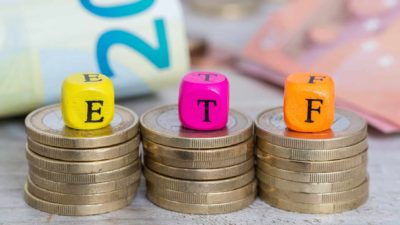This article is all about the ASX dividend stock I'd buy for extremely high passive income in 2024. My choice is GQG Partners Inc (ASX: GQG), a fund manager that's based in the US.
For readers that don't know this business, it's actually quite large – it has a market capitalisation of over $4 billion, according to the ASX.
It offers a number of different strategies for investors including 'international equity', 'global equity', 'emerging markets equity' and 'US equity'. It also offers portfolios focused on dividends.
How big is the dividend income yield going to be in 2024?
The business has a policy of paying out 90% of its distributable earnings as a dividend to investors. In other words, its dividend payout ratio target is 90%, but it will still retain a little of the profit for growth/the balance sheet.
Its quarterly dividend has increased each quarter in 2023 and the annual dividend is projected to grow again in 2024.
According to the forecast on Commsec, the company could pay a dividend per share of 14.9 cents, which would be a forward dividend yield of 10.4%. There are few ASX dividend stocks that are growing their dividends and expected to pay a yield of more than 10% in 2024.
How is the company able to pay such a good yield? It's because it is valued at such a low multiple of its earnings, which we can call the price/earnings (P/E) ratio.
Based on the Commsec projection for the dividend, we can work out that GQG shares are valued at less than 9 times FY24's distributable earnings.
Can the ASX dividend stock's dividend and earnings keep rising?
The projection on Commsec certainly implies so. The dividend per share is predicted to rise to 16.1 cents per share, which would be a dividend yield of 11.2%.
One of the biggest drivers of earnings for a fund manager is the funds under management (FUM) because that's what generates management fees – hardly any of the revenue comes from performance fees, despite GQG's strong investment performance with its funds.
Over the past five years, each of its main strategies had outperformed the respective benchmark by an average of at least 2% per annum.
In the first ten months of 2023, it has seen net inflows of $8.5 billion. That's a large amount of inflows considering there has been a lot of economic uncertainty. At 31 October 2023, the fund manager had US$103.9 billion of FUM, up from US$83.8 billion at 31 October 2022.
It's expanding geographically too, opening up to different markets including Australia and Canada.
In two years, I think its FUM could be materially higher than it is today, which can help the ASX 200 dividend stock's payout as well.









